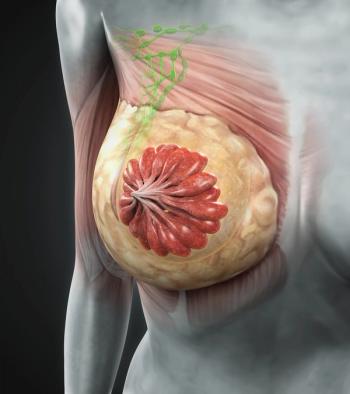
Oncology NEWS International
- Oncology NEWS International Vol 5 No 10
- Volume 5
- Issue 10
Outcomes Data Are Essential for Pharmacoeconomic Evaluations
VANCOUVER, BC-The use of pharmacoeconomics in cancer pain management is not about "decreasing the drug budget," but rather about evaluating the cost and outcomes of drug therapy, Stephen L. Huber, MS, RPh, said at a symposium held in conjunction with the 8th World Congress on Pain.
VANCOUVER, BC-The use of pharmacoeconomics in cancer pain managementis not about "decreasing the drug budget," but ratherabout evaluating the cost and outcomes of drug therapy, StephenL. Huber, MS, RPh, said at a symposium held in conjunction withthe 8th World Congress on Pain.
The most important part of the formula may be outcomes, said Mr.Huber, director of pharmacoeco-nomics, The University of TexasM.D. Anderson Cancer Center. "We have shifted our focus tolook at drug performance rather than just drug cost," hesaid, "so that an increased drug cost may be acceptable ifthe outcome is enhanced."
Without outcomes data, "we're really kind of shooting inthe dark," he said. "You have to have outcomes datato find out if your cancer pain guidelines work in a particularpatient. Then you can feed that data back into the process."
He also stressed that outcome goals must include quality of life,rather than just reaching a certain numerical level of pain control."A difference is not a difference unless it makes a difference. . . to the patient," said Mr. Huber, paraphrasing a GertrudeStein epigram.
As an example, he described a patient on the Pain and SymptomManagement Service at M.D. Anderson whose pain was reduced withtreatment from a level of 8 to 2 (on a 10-point scale in which5 is generally considered significant pain), and yet the patientwasn't satisfied with his pain management because he was too sedatedto play the piano.
"He was willing to accept a higher level of pain to get thegoal he wanted in terms of functionality," Mr. Huber commented.
Trends in Assessment
Health care professionals should be aware of several trends inpatient outcomes assessment and pain management, he said. Quality-adjustedlife-years (QALYs), for example, are being increasingly used andwork well in measuring the value of treatments that extend a patient'slife, but "don't fit extremely well in pain management, wherepain-free days might be a more appropriate measure."
Computer systems will also be used more often in the future tohelp track patients on a continuous basis and systematically gatheroutcomes data. Such programs can ensure that pain assessmentsare performed regularly and treatment protocols updated accordingly(see article on page 1).
Another trend that is "turning the health care system upsidedown," he said, is the aging of the baby boomers, who tendto be more assertive and come in with more information and moredemands.
"Our protocols of the future are going to have to ask thosepatients what they want out of their treatment," Mr. Hubersaid, "not only outcomes in terms of pain control but alsothe management of symptoms."
To better understand patients' desires, he suggested use of newerassessment tools such as the multiattribute utility analysis.This methodology explores patients' preferences by asking themto rate the importance of various attributes of pain managementoutcomes. "All choices in health care involve value judgments,"he concluded, "but the values that count are the ones ofthe patient."
Articles in this issue
about 26 years ago
Anesthetic Interventions Rise When Anesthesiologists Join the Pain Teamabout 26 years ago
Worldwide UN Survey Shows Many Impediments to Morphine Availabilityabout 26 years ago
Case-Based Pain Curriculum Used in Canadian Schoolsabout 26 years ago
Pain Descriptions May Predict Presence of Neuropathic Painabout 26 years ago
Neurotoxicity Related to High-Dose Opioid Therapy Can Be ManagedNewsletter
Stay up to date on recent advances in the multidisciplinary approach to cancer.





















































































